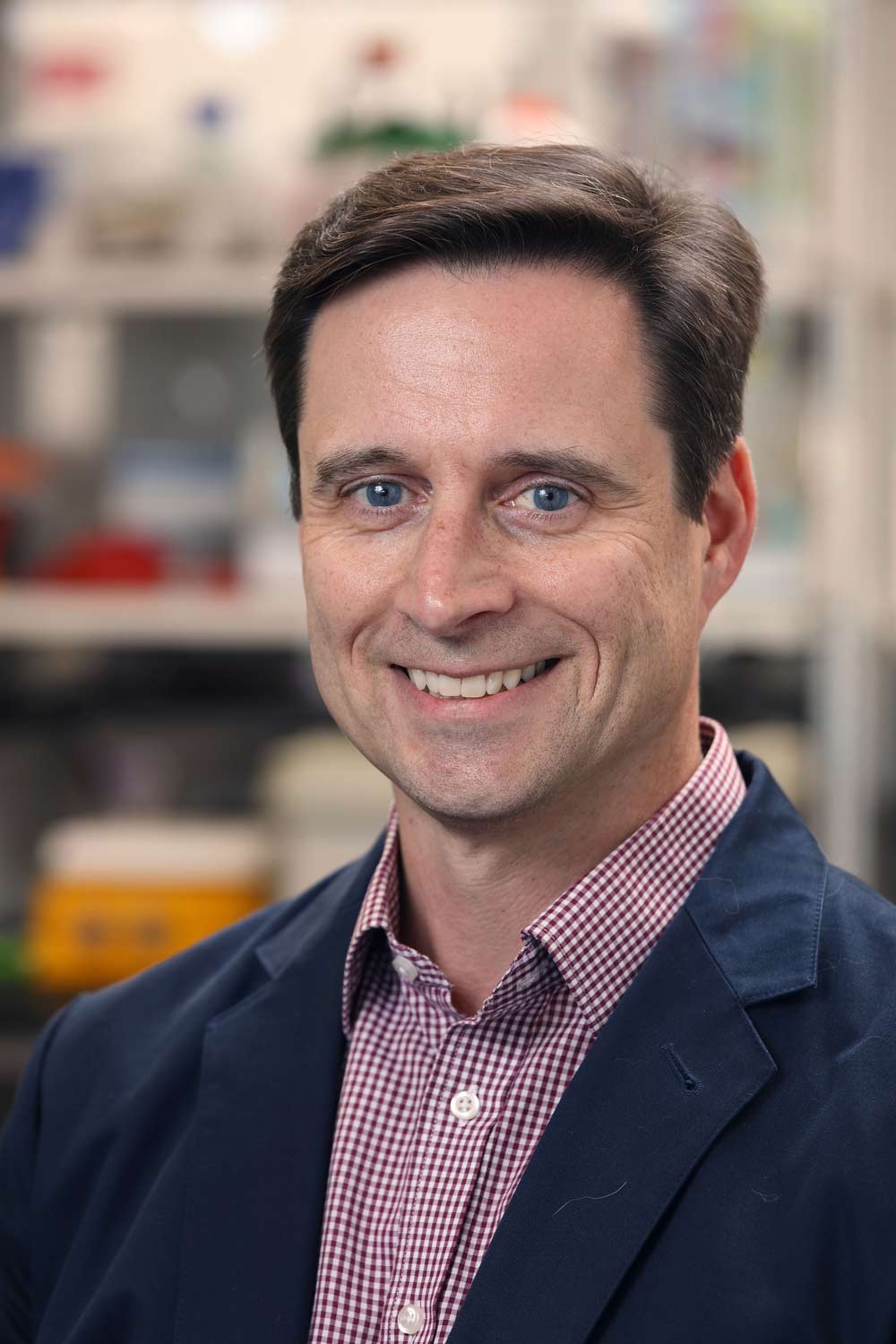A new, incision-free technique developed at UVA Health shows strong early results in treating cerebral cavernous malformations, nearly halting lesion growth.
Cavernous malformations, or cavernomas, are clusters of enlarged blood vessels that can form in the brain, spinal cord or other parts of the body. While many cause no symptoms, others can lead to headaches, seizures, muscle weakness or even death.

Richard J. Price, co-director of UVA Health’s Focused Ultrasound Cancer Immunotherapy Center, says the breakthrough comes from UVA’s years of investment in focused ultrasound technology. (Contributed photo)
Researchers say their new approach could redefine how cavernomas are treated.
“This is a clear example of serendipity in science,” researcher Richard J. Price, co-director of UVA Health’s Focused Ultrasound Cancer Immunotherapy Center, said. “We were looking for something else – performing long-term safety studies of focused ultrasound as a tool for drug and gene delivery to (cavernomas) – when we noticed that (cavernomas) exposed to just focused ultrasound with microbubbles were being stabilized. After the initial observations, we spent years doing experiments to confirm the effect was real and reproducible.”
The new technique uses tiny, gas-filled “microbubbles” propelled by focused sound waves to open the brain’s protective barrier and stunt the growth of the harmful malformations.
“Because the focused ultrasound treatment is relatively simple and noninvasive and the necessary clinical devices are becoming more common, if proven safe in clinical trials, I am hopeful it could eventually become a real treatment option,” Price said.
Treating Cavernous Malformations
Current treatment options include brain surgery, often used when the cavernoma is at risk of causing a dangerous brain bleed; or stereotactic radiosurgery, which uses radiation to destroy difficult- or impossible-to-reach cavernomas.
UVA’s new approach may offer a safer alternative, avoiding the potential side effects of both procedures, Price said. Traditional surgery, for instance, carries inherent risks and the chance that the lesion could return.
Price and his collaborators – funded by the National Institutes of Health, the American Heart Association, the Focused Ultrasound Foundation and the Alliance to Cure Cavernous Malformation – were shocked at how well the microbubble treatment performed in lab tests. One month after treatment, the approach had halted the growth of 94% of cavernomas in lab mice. During this same time, untreated cavernomas grew sevenfold.










